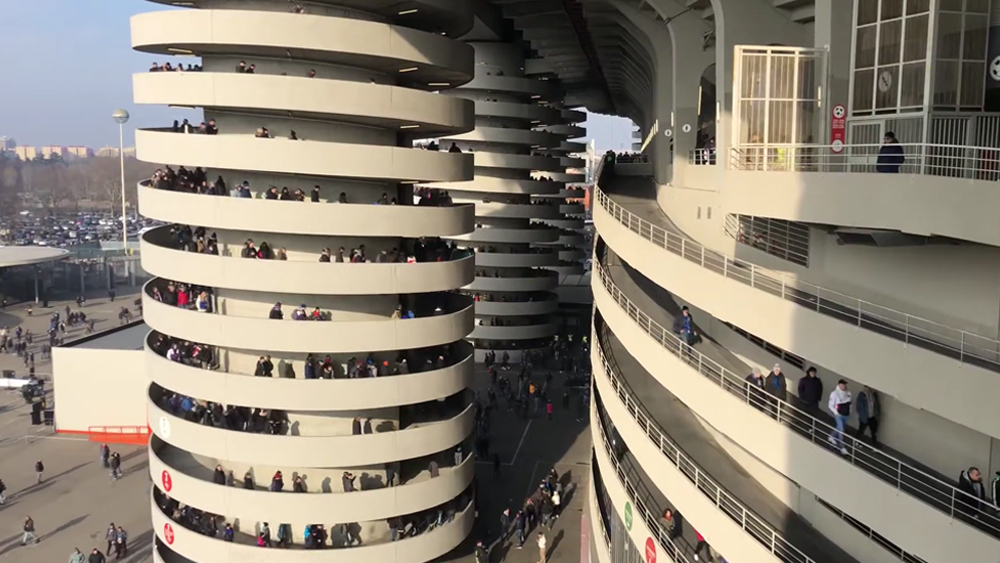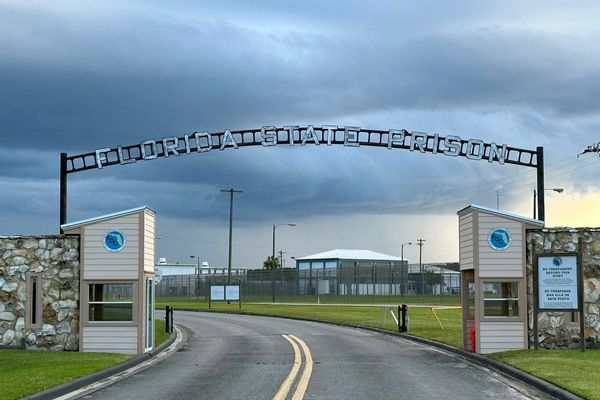
We love a good optical illusion at Creative Bloq. Most often, they takes the form of digital images, but it turns out that architecture can also play tricks on our brains.
For decades, football fans have been baffled by what appear to be rotating spiral towers used for access to the San Siro stadium in Milan. They look like moving walkways, but, believe it or not, the ground is entirely stationary; the fans are simply walking.
The stadium isn't in our list of famous buildings to visit for inspiration, but I'm starting to think it should me. I need to see this for myself.
The San Siro Stadium, or Giuseppe Meazza Stadium as it's officially known, was inaugurated in 1926. Home to both Inter Milan and rivals AC Milan since 1947, it's the largest football stadium in Italy, with a capacity of just over 80,018 today.
In the late '80s, ahead of Italy hosting the World Cup in 1990, architects Giancarlo Ragazzi and Enrico Hoffer and engineer Leo Finzi developed an extension, adding a third ring on eleven reinforced concrete towers with helical walkways to provide access to the stands.
When a large number of people are walking in the same direction on the towers, our brains see the flow of people as the main visual signal and interpret the scene as if the towers themselves were rotating. I suspect the effect is enhanced because the walls cover fans legs, so we can't see that they're walking, making it look like they could be standing on moving floors.
I've found no suggestion that the architects intended to create the optical illusion, with some accounts suggesting that the effect was accidental, but I like the idea that they did it on purpose to provide entertainment to distract fans on access and egress. IT just shows that architects also need to be aware of the optical illusions that designs can create.
For more recent design news, see the controversial announcement of plans for a new Disney Abu Dhabi theme park.







